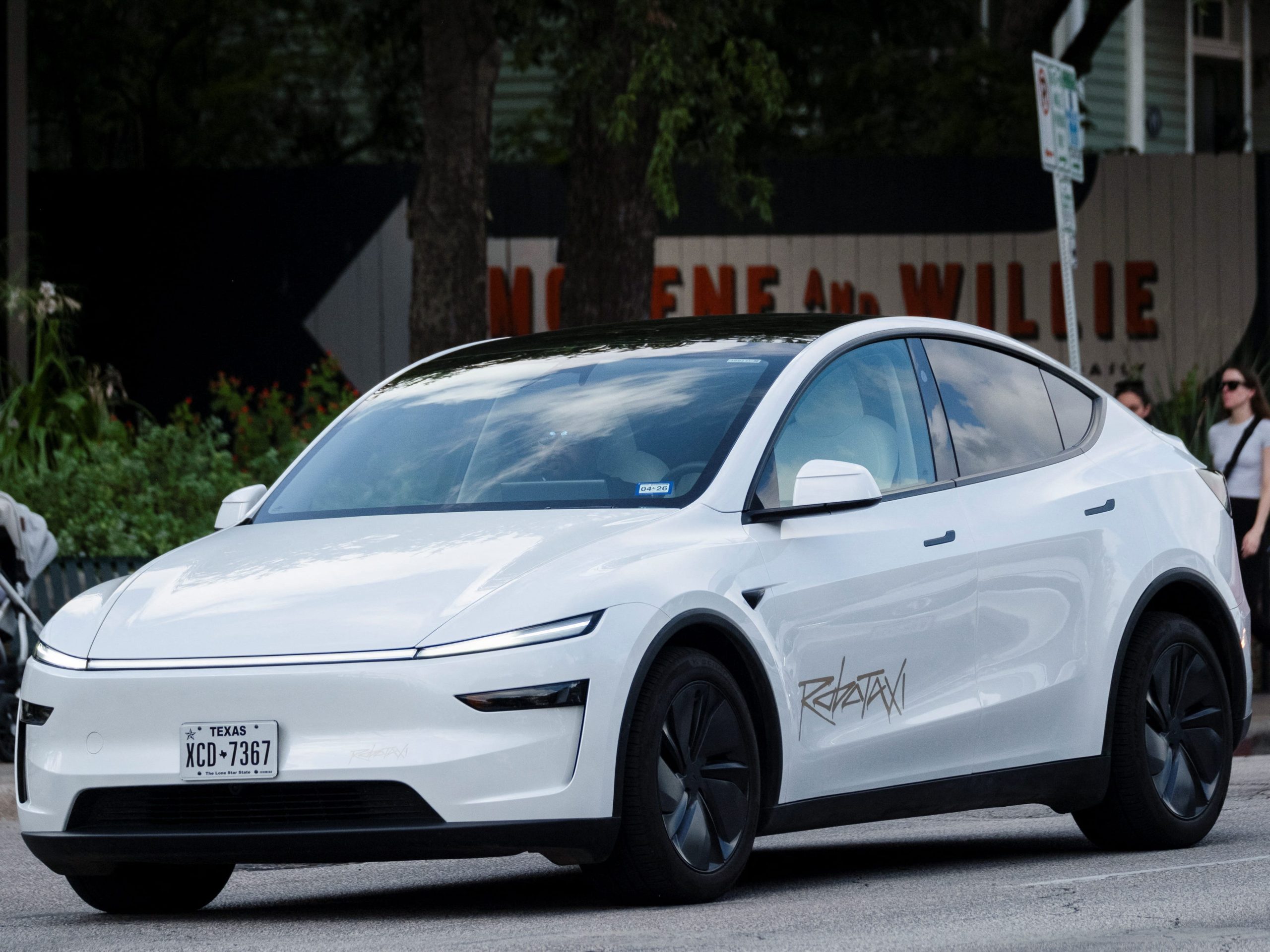Tesla has officially launched its highly anticipated ride-hailing service in San Francisco, marking a significant expansion of the electric vehicle giant’s mobility offerings beyond Austin. This strategic move signals Tesla’s deepening foray into urban transportation solutions, potentially reshaping how residents and visitors in the bustling Bay Area commute and travel.
The announcement came directly from Tesla CEO Elon Musk in the early hours of Thursday via a post on X, confirming that the new ride-hailing platform is now accessible in both the San Francisco Bay Area and Austin, Texas. This phased rollout allows Tesla to incrementally introduce its services into key metropolitan areas, gathering valuable operational data and user feedback.
Crucially, Musk has refrained from categorizing this new venture as a “robotaxi” service. Instead, the term ride-hailing is consistently used, distinguishing it from fully autonomous operations. Early indications and user reports, including a video from a prominent Tesla influencer, confirm that human drivers are currently behind the wheel in California, aligning with the state’s stringent regulations.
Further corroborating the launch, Tesla AI’s official X account also confirmed that invitations for the “ride-hailing service” were being distributed to select users. Accompanying this confirmation was a detailed map illustrating the expansive operating area, which encompasses not only the broader Bay Area but also extends to Fremont and central San Jose, providing a wide coverage footprint for early adopters.
The operational approach in California notably contrasts with the less stringent regulatory environment in Texas, where Tesla has been operating what it refers to as robotaxis since June. California maintains strict guidelines for autonomous taxi services, necessitating a more cautious and compliant rollout strategy from the company in the Golden State.
In adherence to California’s regulatory framework, Tesla holds a transportation charter permit issued by the California Public Utilities Commission (CPUC). This permit explicitly authorizes the electric vehicle giant to transport members of the public using “non-AV” (non-autonomous vehicle) cars, with a human driver present. This legal distinction underscores the current operational model in San Francisco.
A video widely shared on X by a Tesla enthusiast, purporting to showcase their initial experience with the Bay Area service, appears to validate the presence of safety drivers and confirms that customers are being charged for these ride-hailing services. This practical demonstration offers transparency into the real-world application of Elon Musk’s latest transportation initiative.
Elon Musk has previously articulated ambitious targets for the ride-hailing service’s future. He communicated to investors last week that he envisions the service becoming accessible to approximately half of the United States population by the close of the current year, signifying a rapid and widespread expansion plan for Tesla’s evolving mobility ecosystem.






Leave a Reply